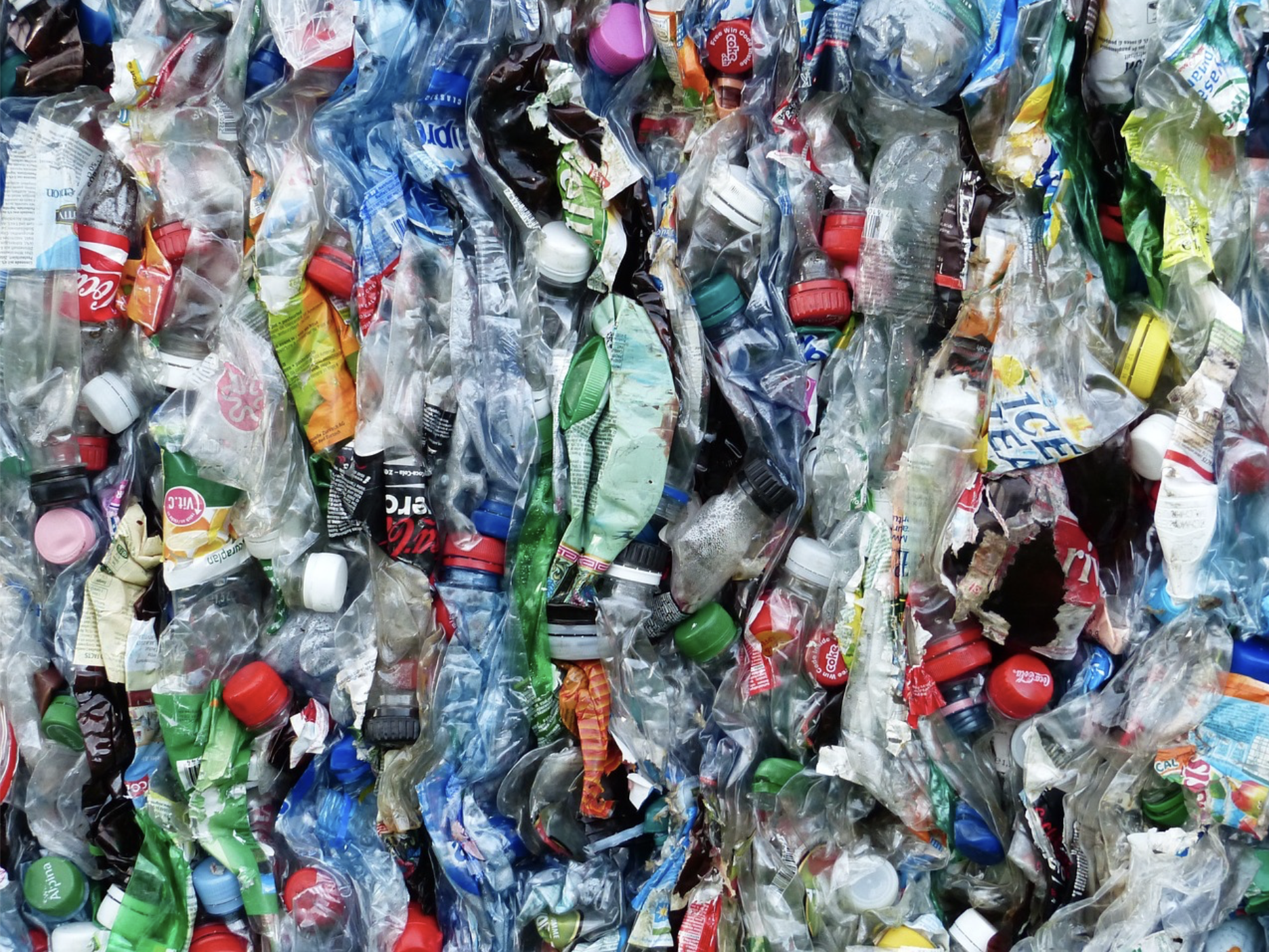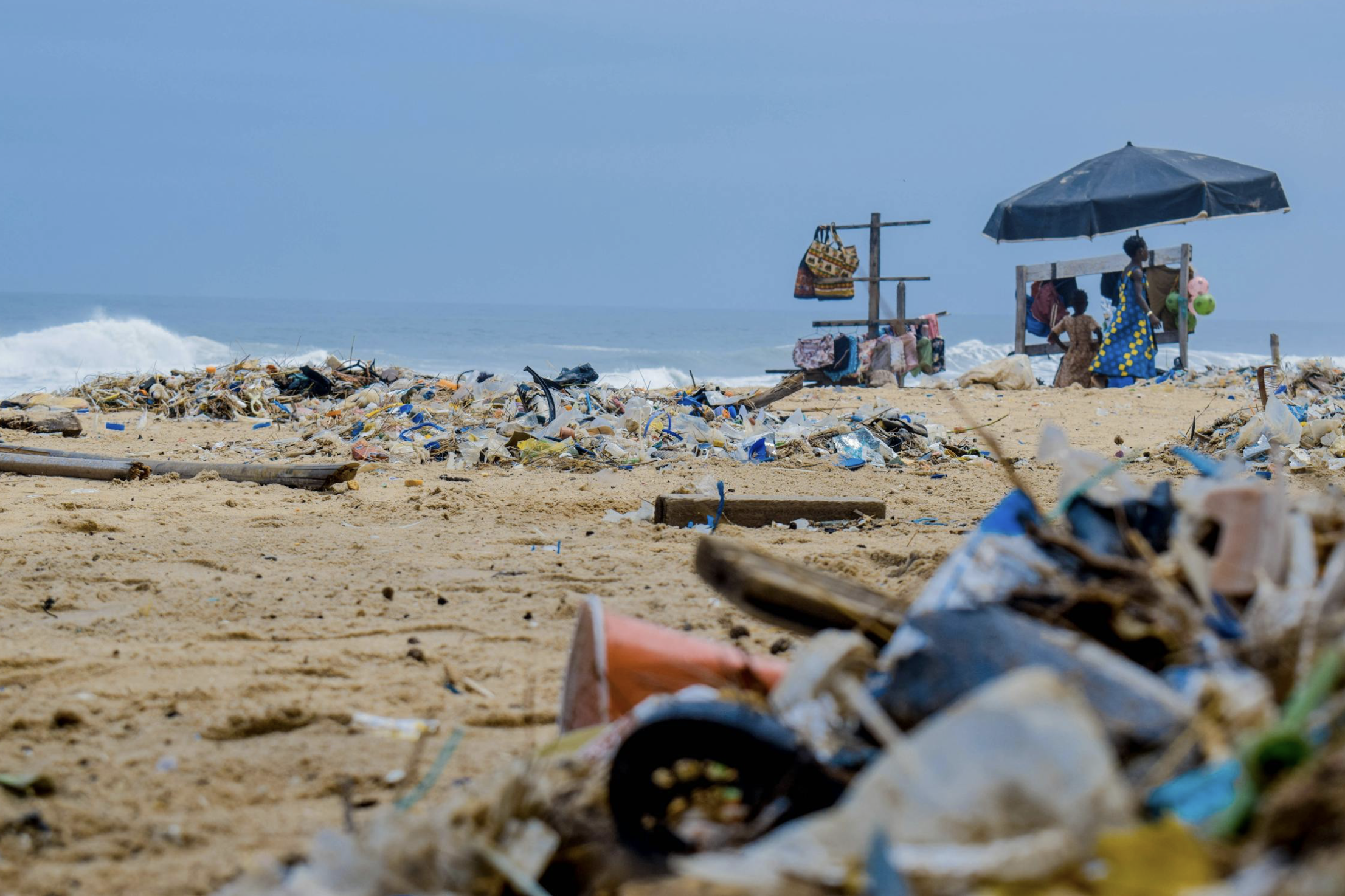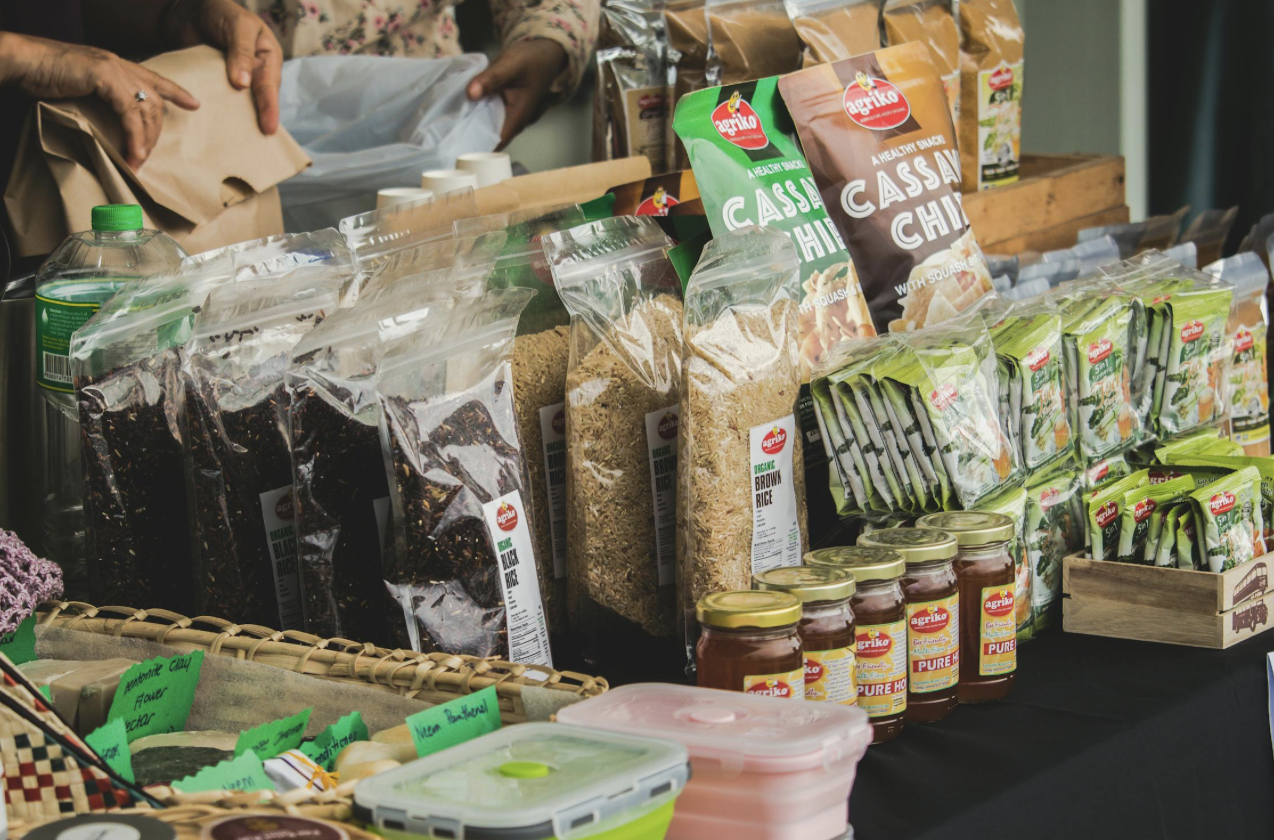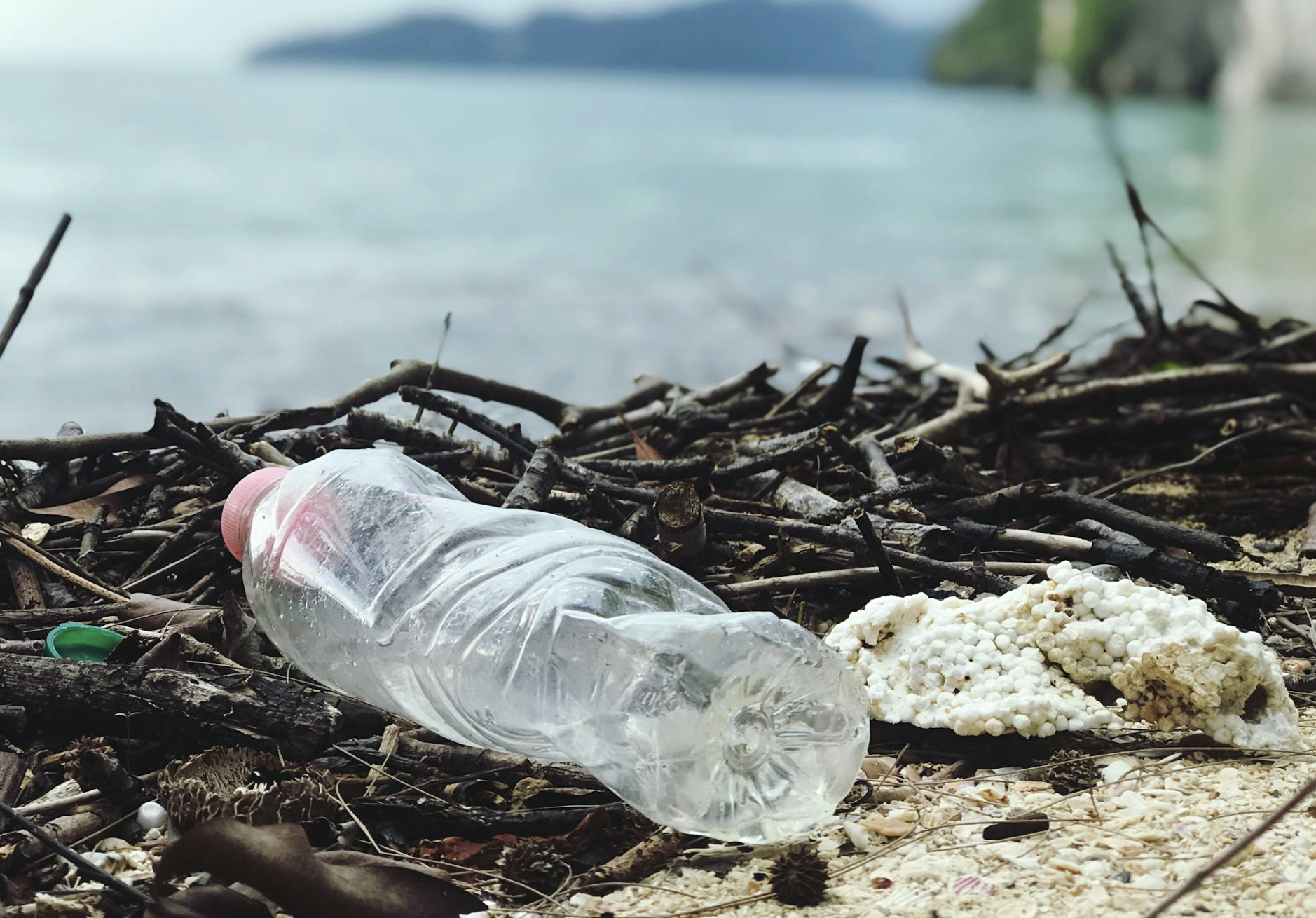
Microplastics are tiny plastic particles, typically less than 5 millimeters in size, that have become a significant environmental concern. These minuscule pollutants originate from various sources, including broken-down larger plastics, microbeads in personal care products, and synthetic fibers from clothing. Despite their small size, microplastics pose a massive threat to ecosystems, wildlife, and even human health.
Sources of Microplastics
 Microplastics enter the environment through multiple pathways:
Microplastics enter the environment through multiple pathways:
- Primary Microplastics: These are intentionally manufactured small plastic particles found in cosmetics, cleaning products, and industrial processes.
- Secondary Microplastics: These result from the degradation of larger plastic items such as bottles, bags, and fishing nets due to exposure to sunlight, waves, and physical wear.
- Synthetic Fibers: Washing synthetic fabrics releases tiny plastic fibers into wastewater systems, which often end up in oceans and rivers.
Impact on Marine Life
 Microplastics accumulate in aquatic environments, where they severely affect marine organisms:
Microplastics accumulate in aquatic environments, where they severely affect marine organisms:
- Ingestion: Fish, seabirds, and marine mammals often mistake microplastics for food, leading to digestive issues, malnutrition, and toxicity.
- Chemical Contamination: Microplastics can absorb harmful pollutants from the water, concentrating toxic chemicals that enter the food chain.
- Habitat Disruption: These tiny particles can alter habitats such as coral reefs and seabeds, affecting biodiversity and ecosystem stability.
Human Health Concerns
 The presence of microplastics in food, water, and air raises concerns about their impact on human health:
The presence of microplastics in food, water, and air raises concerns about their impact on human health:
- Consumption through Food and Water: Studies have found microplastics in seafood, salt, bottled water, and even fruits and vegetables.
- Respiratory Issues: Inhalation of airborne microplastics can cause respiratory problems and potential long-term health effects.
- Potential Toxicity: Microplastics can carry harmful chemicals that may disrupt hormonal balance and increase health risks.
Solutions and Prevention
Reducing microplastic pollution requires concerted efforts from individuals, industries, and policymakers:
- Reduce Plastic Use: Opt for reusable products, avoid single-use plastics, and choose biodegradable alternatives.
- Improve Waste Management: Support recycling programs and proper disposal methods to minimize plastic waste.
- Advocate for Policy Changes: Push for stricter regulations on plastic production, microbead bans, and better wastewater filtration systems.
- Support Innovation: Encourage research and development of sustainable materials that can replace traditional plastics.
Conclusion
 Microplastics may be small, but their environmental and health impacts are substantial. Tackling this growing crisis requires global awareness, responsible consumer behavior, and systemic policy changes. By taking proactive measures, we can reduce microplastic pollution and protect our planet for future generations.
Microplastics may be small, but their environmental and health impacts are substantial. Tackling this growing crisis requires global awareness, responsible consumer behavior, and systemic policy changes. By taking proactive measures, we can reduce microplastic pollution and protect our planet for future generations.




